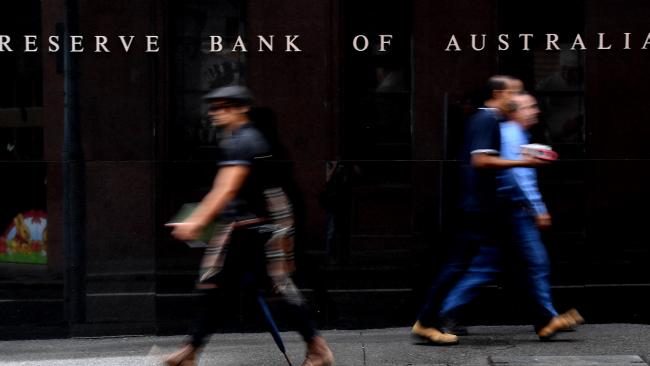PHOTO: The Reserve Bank of Australia. FILE
On Tuesday, 4 July, the Reserve Bank of Australia (RBA) announced its cash rate decision for the new financial year during its monthly board meeting. Leading up to the decision, there was speculation regarding whether the central bank would increase or maintain the rate. Ultimately, the RBA chose to keep the cash rate steady at 4.10 per cent.
Who are the ‘MOVERS AND SHAKERS’ of the NZ real estate industry? BUY NOW $9.99
The RBA’s decision was influenced by the recently released Consumer Price Index (CPI) data from the Australian Bureau of Statistics (ABS), which indicated a decrease in national inflation. This led the RBA to implement the second cash rate pause since May of the previous year.
Despite hopes that the RBA’s cash rate movement would result in improved lending conditions and reduced financial strain, Paul Ryan, a senior economist at PropTrack, cautioned that the cycle is far from over. According to Ryan, although the RBA chose to maintain the cash rate target, it signaled the potential need for further tightening measures to curb inflation, with expectations of another rate hike as early as next month.
https://propertynoise.co.nz/au/michelle-bridges-offers-massive-3-million-discount-on-luxury-home/
Anneke Thompson, chief economist at CreditorWatch, expressed the view that the cash rate is approaching a point in the monetary policy tightening cycle where future rate increases will have limited impact. She pointed out that households with home loans have already experienced the quickest and steepest rise in the cash rate in history, and many individuals are unable to increase their income sufficiently to offset the higher interest repayments. Thompson further noted that the return of the savings rate to pre-COVID levels has further squeezed the finances of Australian borrowers, as their COVID-era savings have likely been exhausted. As a result, households with home loans have likely reduced their discretionary spending significantly.
The RBA’s assessment of recent data, particularly in relation to the labor market and inflation, was in line with its expectations, as stated by Ryan. He explained that the central bank is likely awaiting additional data on inflationary pressures and other factors before making further decisions. Ryan also mentioned that while more tightening may be required to bring inflation back to the RBA’s target, interest rates are nearing their peak, which is positive news for the housing market.
Despite the challenging economic conditions, including rising interest rates, the Australian housing market has demonstrated resilience. According to CoreLogic’s Home Value Index (HVI), Australian home prices have increased for the fourth consecutive month. Ryan attributed this trend to strong buyer demand, limited new property listings, and price increases that have offset higher mortgage rates.
https://propertynoise.co.nz/au/domain-predicts-that-house-prices-will-reach-unprecedented-levels-in-the-fiscal-year-2024/
Looking ahead, Ryan believes that home price growth is unlikely to weaken in the coming months, even if interest rates continue to rise. However, he predicts that reduced borrowing capacities and weaker economic conditions will eventually catch up with the property market, leading to value declines similar to those seen in the latter half of 2022.
Regarding the future trajectory of the cash rate, Ms. Creagh anticipates that the RBA will hope for a slowdown in businesses’ hiring intentions to alleviate wage pressure and reduce inflation in labor-intensive sectors of the economy. These trends will play a role in shaping the direction of the cash rate in the coming months.
https://propertynoise.co.nz/au/interested-in-becoming-a-supporter/















